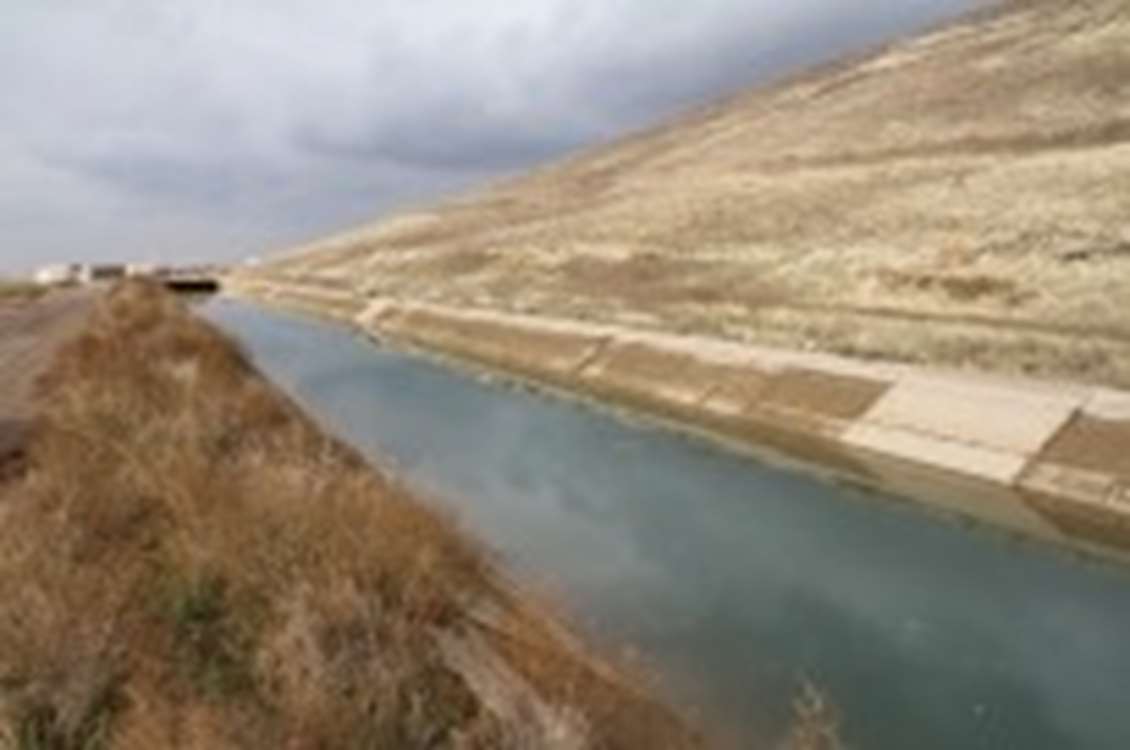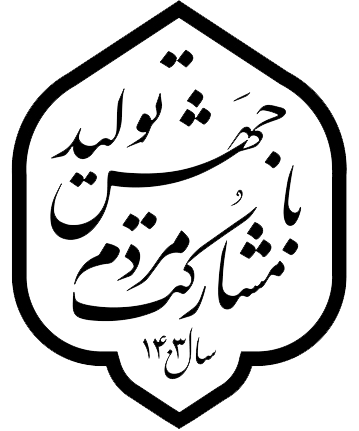Boosting water productivity and improving water efficiency in Qazvin Irrigation Network in Iran despite the COVID-19 pandemic

Boosting water
productivity and improving water efficiency in Qazvin Irrigation Network in
Iran despite the COVID-19 pandemic
Agriculture Organization of the United Nations (FAO), in collaboration with
Iran’s ministries of Agriculture Jahad and Energy and local research
institutions, keeps up with its commitment to implement activities envisaged to
further improve agricultural water efficiency, productivity and sustainability
in Qazvin plain.
Thanks to the financial support provided by the Swedish
International Development Cooperation Agency (SIDA) to a regional project implemented
by FAO in eight countries in the NENA region, including Iran, the Organization
moves forward with its running operations focused on enhancing water accounting
and water productivity in Qazvin Irrigation Network (QIN) over the last 12
months. To mention a few, these undertakings cover a wide range of domains such
as crop mapping, irrigation water resource mapping, water productivity mapping,
actual evapotranspiration (ETa), water loss and crop yield measurement, farm
households survey, and farmer field schools establishment.
Contributing to the water accounting component of the project
and based on a calibrated methodology and three rounds of data collections, FAO
supported a local leading academic institution, Imam Khomeini International
University of Qazvin (IKIU-Qazvin), to complete the development of two seasonal
crops maps for QIN with the highest possible accuracy. The prepared crop maps
enable the authorities to determine the area allocated to each crop type and
obtain a more accurate assessment of agricultural water resources and water
consumptions in the area.
To facilitate the implementation of an integrated and
sustainable management system in QIN, FAO joined hands with IKIU-Qazvin to
start identifying the local agricultural water resources, their share in the
irrigation of farmlands and delivery points in QIN. As part of this activity,
IKIU-Qazvin will collects, modifies and updates the existing maps and data
regarding boundaries of farmlands, cadastral maps, cultivation plans, coordination
of water delivery points, wells, and other water sources, including perennial
and seasonal rivers and non-treated wastewater, and the proportion of these
sources in irrigation of farmlands at different times of the year using
geospatial data, the Google Earth images, and high-resolution satellite images
of Sentinel 2.
Progressing forward with water accounting in QIN and pertinent
information gaps, IKIU-Qazvin supported by FAO initiated the work on providing
calibrated spatially distributed ETa maps for the area, based on the collected
topographic, meteorological, soil and other geospatial data, satellite images
(especially Sentinel and Landsat images) and the available field-data.
The developed crops and ETa maps would be used to estimate crop
water productivity and yield from the satellite in the study area. Building on
the already developed assessment tools, remote sensing technologies, accessible
database and complementary field questionnaires, the Organization supports the
IKIU-Qazvin to produce and validate vegetation indices required for a
calibrated AquaCrop model and develop and evaluate geospatial crop yield
estimations. ETa, crops and yield maps then will be utilised by the project to
produce water productivity maps of the selected crops (wheat, barley and maize)
in QIN.
To further improve water productivity in Qazvin plain and
support adopting effective options by Iranian authorities to rationalize water
allocation and enhance water use efficiency in the agriculture sector, FAO
linked the arms with Payame Noor University of Qazvin to kick off conducting a
farm-household survey of agricultural operators in QIN to fill in the existing
information gaps and to give a comprehensive view of the farming practices in
the area. Formulated on the questionnaire developed by FAO and the University
of Cordoba, the survey generates reliable data and analysis on performance
indicators of crop productivity across different farm types, cropping patterns,
management techniques, water productivity under different water management
systems, economic returns to current farming practices, water economic
productivity for different crop/management systems, and farm household
socio-economic conditions.
Getting down to the challenge of low water productivity
practices in QIN, FAO, in close partnership with the Qazvin Provincial Office
of the Agricultural Research, Education and Extension Organization, began the
establishment of three Farmer Field Schools (FFS) in the area to support
transferring the requisite technical knowledge and skills to the farmers to
identify and handle challenges of low water productivity, to understand and
monitor local water resources, and to decide as a group on the optimal cropping
pattern.
Approaching the Iranian New Year, Nowruz, and a new wave of
hopes raised by the latest achievements in fighting against the COVID-19
pandemic and further expected easing of restrictions and lockdowns, the
Organization persists in its commitments to support the country to develop,
implement and mainstream measures and practices aimed at improved Iranian
agro-rural resilience and capacities.
Being the lead UN agency in promoting sustainable climate-smart
agriculture development across the world, FAO lends its expertise to member
countries to further facilitate and mainstream a more efficient, productive,
equitable and environmentally friendly use of water in agriculture.




